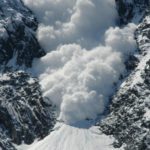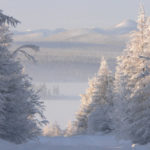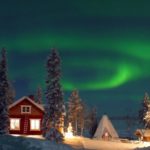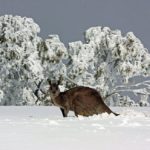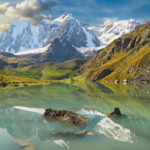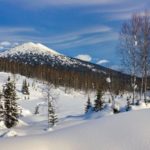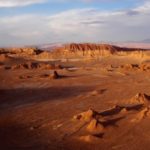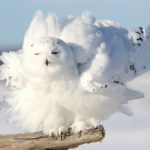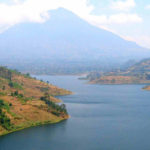Interesting facts about snow and snowflakes
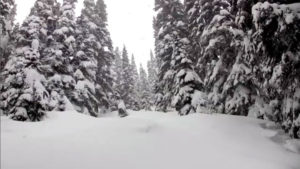 Snow surrounds many of us every winter. We look at it, we walk on it, but we rarely think about what it is. And in vain, because snowflakes are so unusual …
Snow surrounds many of us every winter. We look at it, we walk on it, but we rarely think about what it is. And in vain, because snowflakes are so unusual …
People have learned to artificially grow snowflakes.
More than half of people living on Earth have never seen snow in their lives.
Scientists never managed to find two identical snowflakes.
Snow reflects up to 90 percent of sunlight.
The largest ever detected snowflake was 38 centimeters in diameter.
Snowflakes are 95 percent composed of air.
High in the mountains and in the polar regions, snow sometimes is reddish or pinkish due to algae called “snow chlamydomonada”. This snow tastes like watermelon.
The speed of falling snowflakes is less than one kilometer per hour.
Snow is not only on Earth, but also on Mars, and on Titan, the satellite of Saturn. True, Mars has snow from carbon dioxide, and on Titan – from methane.
Snow crunches when walking due to deformation of snowflake crystals.
In 1949, snow fell in the Sahara. True, almost immediately melted.
In Japan there is a museum of snowflakes.
January 19 is the world day of snow.
In the language of the Saami people living in Finland, there are about 180 words to denote snow, ice and their varieties. In Eskimo, there are more than 20 words for snow.
One cubic meter of snow contains more than three hundred million snowflakes.
Falling snowflakes on the water surface produce a high-frequency sound, very unpleasant for fish. People do not hear this sound.
Snow is even in such hot places as Ecuador and the Hawaiian Islands (see interesting facts about Hawaii). It lies on the tops of the mountains.
In Japan, the myth is widespread that Japanese snow differs from foreign.
The first photograph of a snowflake under a microscope was made in 1885. American photographer Winston Bentley spent 46 years trying to achieve his success.

